Equinamity-A Revolution in Horse and Rider Training

As the previous post showed, rollkur has been an integral part of horse training for several thousand years. Most likely it has been a feature of training and riding horses since the invention of the curb chain. Two other inventions which increased the fighting ability of the cavalry were the saddle and stirrups.
The following quote reveals some of the history behind these changes:
“Starting around 3,000 years ago, a wave of innovation began to sweep through human societies around the globe. For the next millennium the continued emergence of new technologies had a dramatic effect on the course of human history. This era saw the advancement of the ability to control horses with bit and bridle, the spread of iron-working techniques through Eurasia that led to hardier and cheaper weapons and armor and new ways of killing from a distance, such as with crossbows and catapults. On the whole, warfare became much more deadly.
During this era, many societies were consumed by the crucible of war. A few, though – the Achaemenid Persian Empire, the Roman Empire and Han China – not only survived, but thrived, becoming mega-empires encompassing tens of millions of people and controlling territories of millions of square miles”.
However, for several centuries equestrian progress seems to have virtually stopped. In addition, the quality of the equine and human form also seems to have regressed. As the following images show.
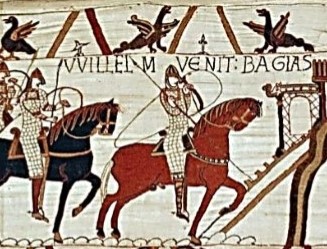
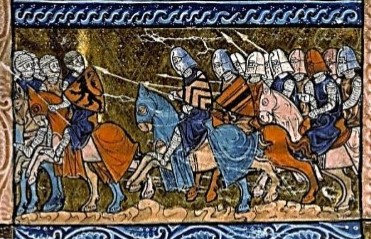

While these writings are beneficial, they also reveal a method of treatment which for the modern rider is difficult to accept. for instance:
–he advocated yelling at horses and beating them harshly.
-he stated that if the voice didn’t work, there was much much worse in store, like beating a restive horse with the spurs until he bleeds.
-that if the horrible voice didn’t get the horse going forward, then men on the ground should throw rocks at his hocks.
-he used shrewish cats as a forward aid and or in one case to correct a restive horse he tied a hedgehog to his tail. The assumption was that those shrieks would terrify him to the point of finally pushing him forward.
-another method to an unwilling horse, would be to tie a cat as fierce as possible onto a pole and to push the cat between the hind legs or on the horse’s croup to terrorize him with his claws.
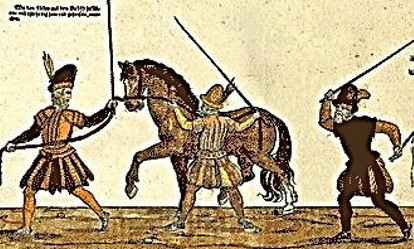
It is also important to note a very crucial element in another of Grisone’s teachings:
“the more the horse goes with a loose head, and with nose out, the more he will go with an abandoned and weak back so that not only most of the time he will do the exercise in a bad manner, lying wide, and with no order, but more likely he will lose his strength.”
This is probably the Renaissance view on rollkur. It is entirely possible that this training method influenced subsequent generations of riders and trainers.
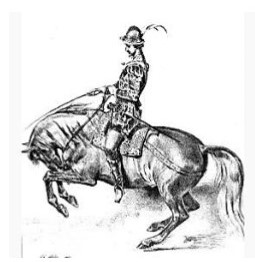
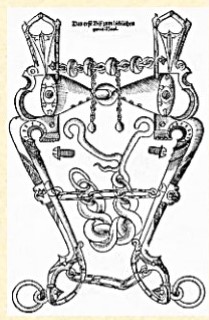
Two items of further interest about this bit and Grisone’s teaching styles are:
-this bit weighed about 2 kg. which is very heavy.
-to fit this bit and to achieve his desired levels of cooperation Grisone apparently resorted to removing some of the horse’s teeth. This both increased the sensitivity of the mouth as well as the damage made by the bit to the horse’s exposed gums.
There were a number of riding instructors who contributed to the advancement of horsemanship from the 16th century onwards, including: Pignatelli, Blundeville, De Pluvinel, De la Broue, Solleysel, De la Guerinière, Lafosse, Baucher, Fillis, and many others.
An early influential figure who had trained with De Pluvinel, was the Duke of Newcastle, shown next, who developed the use of the side rein especially for lateral work.
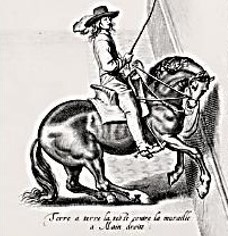
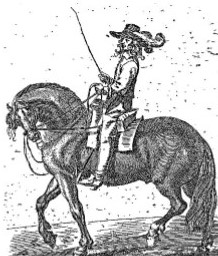

It is important to note that the Duke’s wife became a leading figure at the time in the prevention of cruelty to horses.
The next images were made a century later and show the same infatuation with rollkur as a consequence of the use of the curb bit.
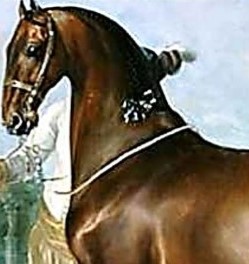
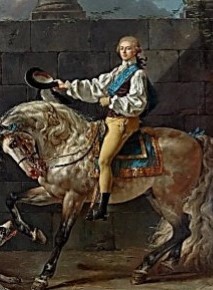
These bits led to the traditional head and neck position shown next, which became virtually a standard for several centuries.
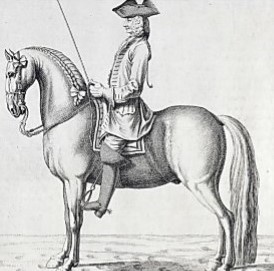
It is unfortunate to have to report this fact. For the cavalry and the battlefield, extreme violence and injuries are understandable. But these are not usually premeditated. However, for civilian training, harshness of methods are much less tolerable precisely because it is premeditated.
Numerous examples so far have indicated the violence to which the horse is subject in previous centuries. The following images show this problem does not only belong to the past but also to the present.
It is also important to point out that the use of the curb bit led to head and neck positions where the head was either up in the air or pulled close to its chest.
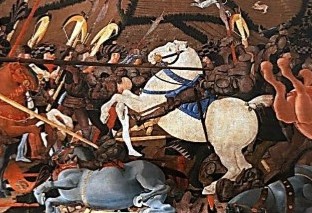
Severe bits led not only to the horse’s head being pulled down and in but also to it being raised.
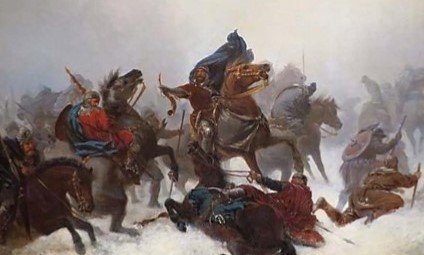
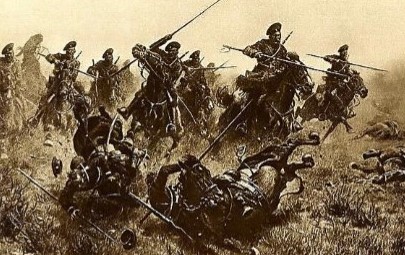
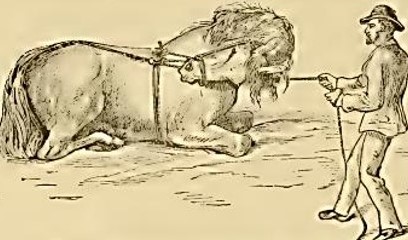

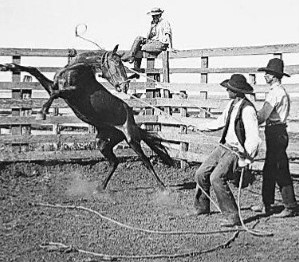

Source: pi
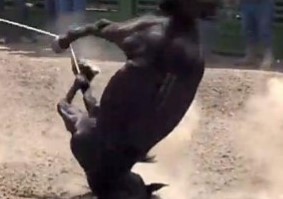
Xenothon states the following: “To quote a dictum of Simon, what a horse does under compulsion he does blindly, and his performance is no more beautiful than would be that of a ballet-dancer taught by whip and goad. The performances of horse or man so treated would seem to be displays of clumsy gestures rather than of grace and beauty. What we need is that the horse should of his own accord exhibit his finest airs and paces at set signals.”
Good principles were thought of thousands of years ago. However, progress towards the improvement of the status of horses has been slow and in some parts of the world even today are non-existent.
The above images are not shown to justify or condone in any way the mistreatment of horses. On the contrary they are shown because they reveal an unfortunate side to human nature. And it is one which enlightened trainers and riders need to abandon. They need to do this not only for the betterment of horse welfare, but because it is also the way to achieve better competitive outcomes.